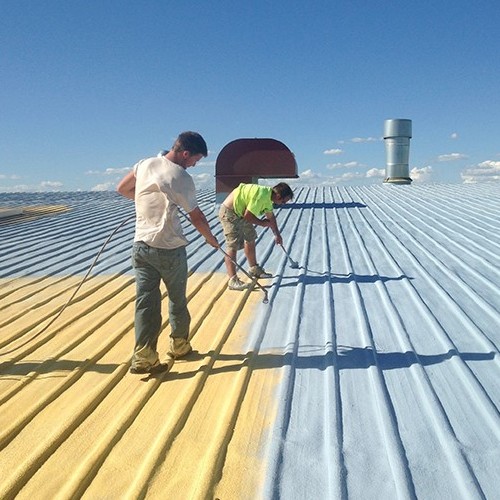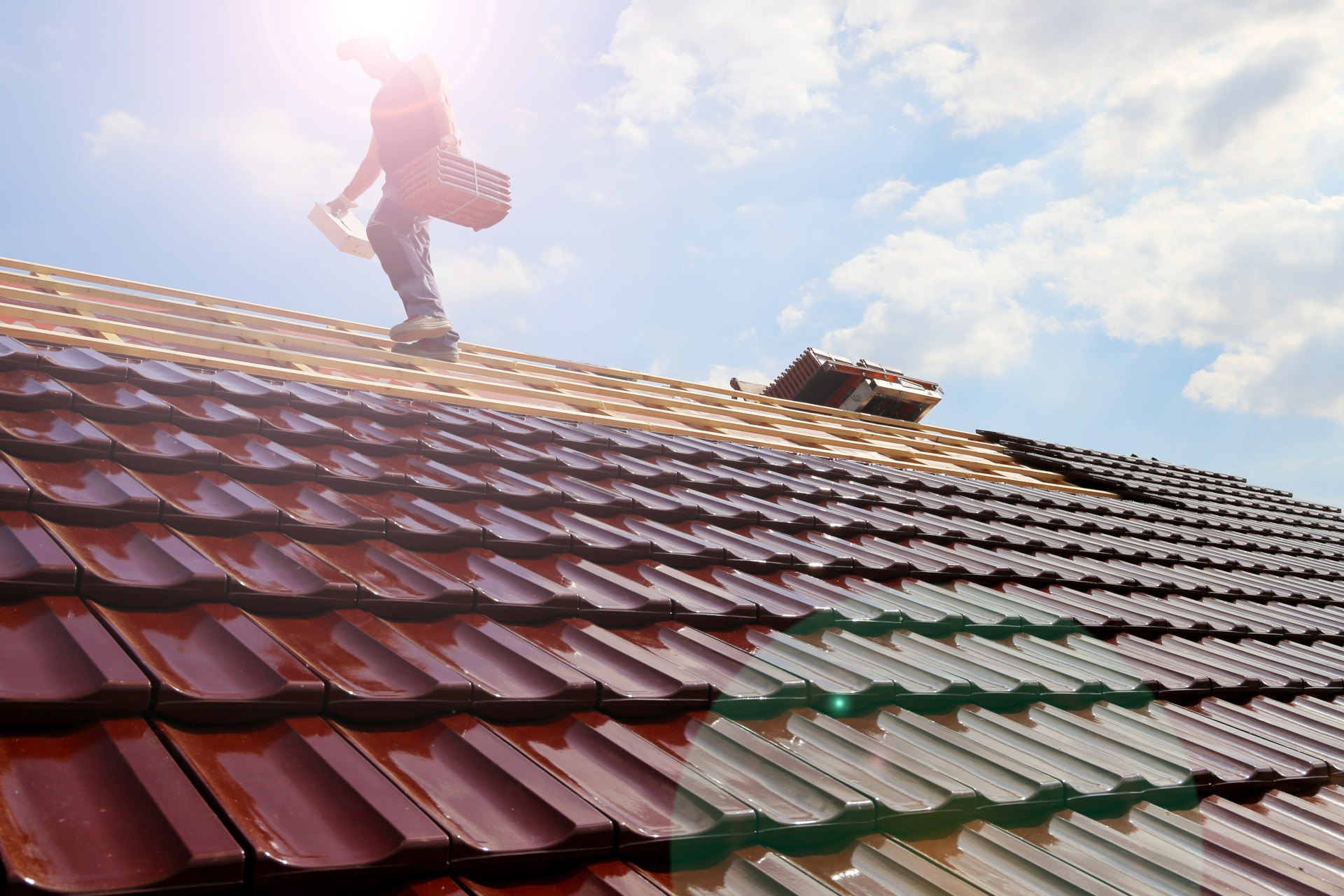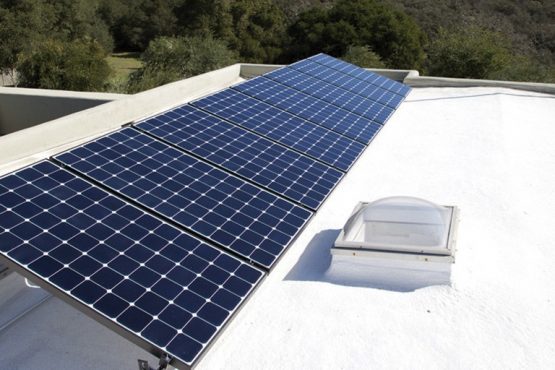Follow Easy Steps In How To Use Roof Protection
Owning a home entails numerous responsibilities. All homeowners face unique choices as their houses age, whether they're building their first house or already have one and are facing a new maintenance issue. Ridgeline Construction considers the smallest of details by placing ourselves in the shoes of the homeowner. If you have a roof that needs a particular coating, this is especially true. The causes of roof damage and their respective remedies can be found on our website, where you can get a general idea of roofing maintenance.
Jan 26, 20220 Shares0 Views

Owning a home entails numerous responsibilities.
All homeowners face unique choices as their houses age, whether they're building their first house or already have one and are facing a new maintenance issue.
Ridgeline Construction considers the smallest of details by placing ourselves in the shoes of the homeowner.
If you have a roof that needs a particular coating, this is especially true. The causes of roof damage and their respective remedies can be found on our website, where you can get a general idea of roofing maintenance.
What Is The Significance Of Rooftop Protection?
In its simplest form, insulation is the process by which a substance dissipates heat. To put it another way: Rooftop protection refers to how heat enters or exits an area.
Do You Know That A Rooftop Is Responsible For 35 Percent Or More Of The Rise In Temperature?
According to Albuquerque roofers, a rooftop's ability to regulate how much heat enters or leaves a house depends on whether or not it has any protective material covering it.
Physicists say that hot air is lighter than cold air.
When hot air is light, it is able to escape from a house, into its roof, and eventually out of the house.
This cycle can lead to a slew of problems, some of which will only become apparent over time, while others will have a direct impact on your life right away.
Let's talk about warmth and how it moves since we're studying material science.
Conduction, convection, and radiation are all methods of moving heat.
In a conduction cycle, heat travels from one material to another when they come into contact.
Another term for convection is the movement of heat in a fluid or gaseous structure.
Finally, the radiation cycle explains how light or radiation, for example, through daylight, generates heat.
As a result, if you plan to turn your storage room into a living area in the future, you should begin protecting your roof now.
When it comes to protecting your roof, you'll want to do it yourself if you're following the proper guidelines, so don't worry about overspending.
How Do You Make A Rooftop Safe?
Rooftops have a number of dangerous areas. Top 5 and how to protect them are here.
Hatches
Access to a roof is made easier by rooftop hatches, which are small and easy to use. That, however, is not without risk. There is a hole in the roof that leads to the floor below once you exit through the hatch into it.
Skylights
If you don't know what you're doing when you step into one of these light portals, you could end up getting killed. They should be covered.
Ladders
The presence of several fixed ladders around a building is not unusual. It is far more common to see workers wearing safety gear while utilizing stepladders. Please keep in mind that ladder cages are no longer an option.
Crossover Platforms
Pipes and other obstructions can be found on roofs.
The truth is that you will have to cross these obstacles in order to get to the other side. By using crossover platforms, workers can gain full access to the roof while reducing their exposure to risk.
Edge
You are elevated above the ground if you are on a roof.
It is dangerous to be near an edge that has a drop of four feet or more. When it comes to fall protection, there is no substitute for a guardrail.
Fortunately, installing a roof guardrail is a simple process.
Classes Of Rooftops
Pitched Rooftops
The most basic type of roof is a pitched one.
Rooftops with steep slopes are commonly used in residential properties. This type of roof includes a mansard, a saltbox, a mansard-style, a butterfly-style, and so forth. Because there is a lot of room, it is not difficult to protect these rooftops.
A pitched roof can be protected in two ways.They are as follows:
Warm Rooftop Protection
Under the roof, the upper room is protected by a simple layer of roof protection. As a result of this safeguard, the storage space remains comfortable and warm enough to house humans. It's in charge of a house's heat gain as well as its misfortune.
Cold Rooftop Protection
Under the roof, this type of protection is carried out.
The loft is left unprotected once this level of security is in place. In terms of roof protection, this is the most popular option because it costs less and is easier to implement (as a DIY action).
To put it another way, this type of protection only addresses the problem of heat loss. In addition, ventilation is needed to prevent buildup in this type of roof protection.
Level Rooftops
Those roofs that are mostly flat have a low slant to them. Because of the limited space, it's difficult to provide adequate protection on a rooftop like this.
Unlike pitched roofs, level roofs have three methods of protecting themselves.
In addition to the cold roof, there are three other types of warm roofs to consider: the virus roof, and the warm roof of a modified deck.
Conclusion
The importance of rooftop protection cannot be overstated, in general. Protect your roof to save money on energy bills, prevent ice dams, reduce rooftop expansion and withdrawal, and prevent buildup.
Latest Articles
Popular Articles

